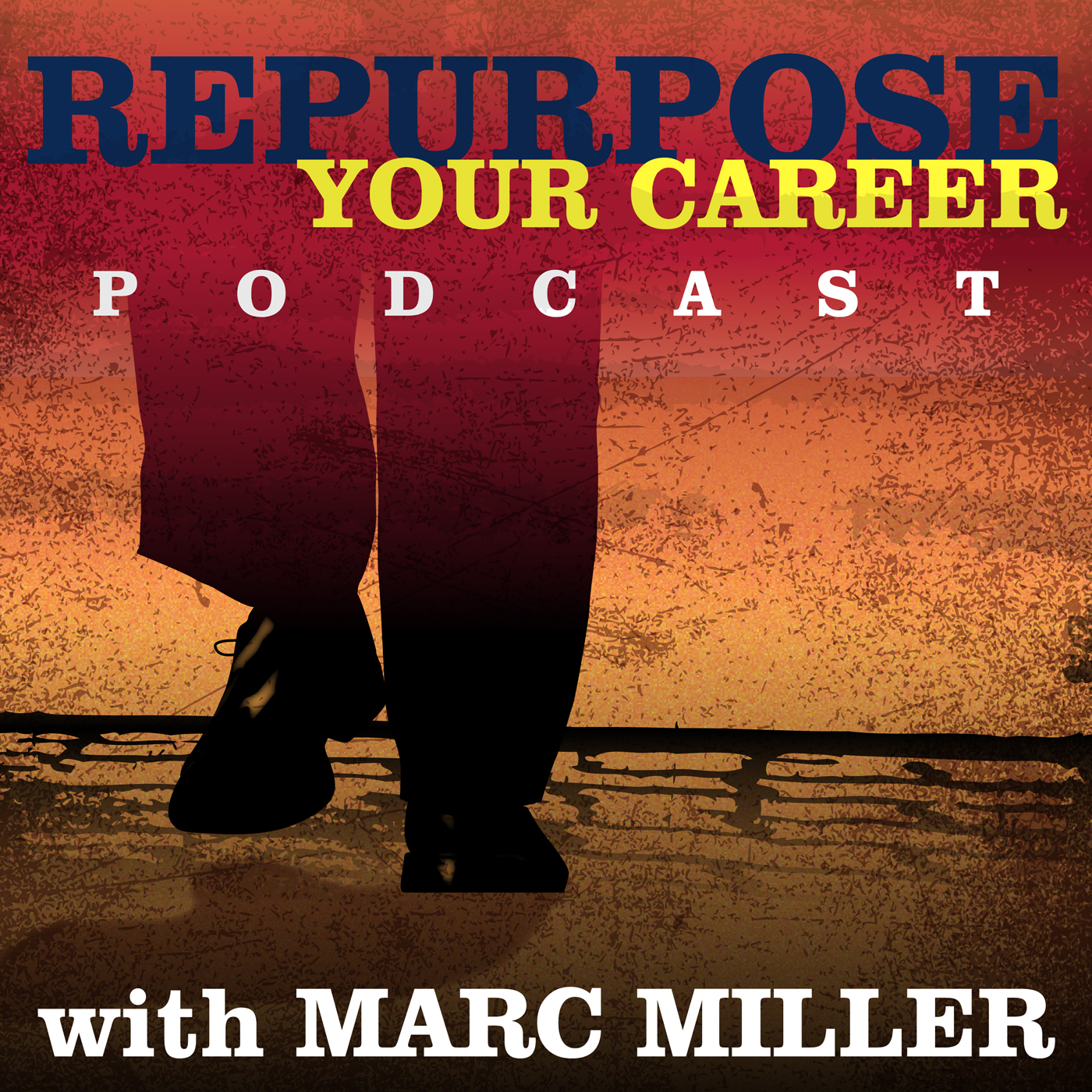Minding Your Career Gap
We have always been told that having a career gap or a period of unemployment was deadly for our career. The depth of the COVID-19 recession has been brutal on certain segments of the population. On the other hand, some industries growing due to the pandemic.
Many of you who read this blog have decided to take time off to take care of a spouse, parent, or grandchildren which means creating a career gap and leaving the workforce for over a year.
The COVID-19 recession has also been called the she-cession on how the recession has disproportionally affected women.
Basically, we will have millions coming out of this recession with career gaps.
I believe that the stigma of having a career gap will slowly come to an end.
What Has Changed for Those with a Career Gap?
When I graduated from engineering school in 1978, if you could not get a job you were a screw-up. Being unemployed was shameful and a black mark on your character.
We experienced two horrible recessions in the first decade of the 21st century. This has left a lasting mark on our careers and how we look at work. Many of us thought we would work for a single employer in our careers before we went off to a comfortable retirement. Those days are gone or as I say they moved my cheese.
I think it is safe to say almost all of us have a close family member or friend experience a bout of unemployment. Unlike when we started our careers – having a career gap of a year or more is no longer unusual.
Parental Care
Long-term unemployment, being unemployed over 26 weeks, was common prior to the pandemic in the over 45-year-old community and it gets worse as we get older. Having a career gap has become especially common.
Listen to the most recent episode


Marc Miller
Discover the Perfect Destination for Your Retirement or Remote Work Abroad #337
Even as the economy has boomed over the last 10 years prior to the pandemic, it was very uneven. I wrote in my post, Full Employment is Here Except For Baby Boomers that many in our cohort have dropped out of the employment scene. One of the main reasons has been to take care of aging parents who cannot afford the rising cost of healthcare.
Many have taken the route of caring for their parent rather than continuing with their career. Over the last 10 years, I have heard too many stories of people who have left the workforce and couldn’t get back in. Their skills grew stale, their networks aged out, their industries died, or they did not know how to look for a job in the 21st century.
I believe times are changing but … slowly.
LinkedIn Has Added New Caregiver Job Titles
In response to the millions who have left the workforce to take care of children, grandchildren, parents, spouses or other family members LinkedIn has added the following job titles:
- Stay at home mom
- Stay at home dad
- Stay at home parent
- Caretaker
- Dad
- Mom
These job titles do not need to be associated with a “company” as with formal jobs.
Filling in the Career Gap
Employers are presently more accepting of a career gap. That is as long as you can explain you were doing something productive, gaining new skills, and staying competitive. You will need to reframe your year(s) of being out of the workforce in job-related terminology.
I was just talking with an individual who took time off to care for a parent. They filled multiple employment roles:
- Project Manager – They had to coordinate with the many tasks dealing with Medicare, doctors, hospitals, nursing facilities, medication, and the many arcane complexities of getting old.
- Transportation Coordinator – Many who are caring for their parents also have children still at home. Figuring out how everyone gets to where they need to be while at the same time caring for an elderly parent can be mind-boggling.
- Financial Planner – Anyone who has had to probate a will or act as the executor of a will can tell you this can be incredibly complicated. I was quite blessed that when my mother passed away in 2003, she had everything in a living will. The estate was quite simple to divide up and pass to my brother and me.
I was responsible for my mother for her last 5 years of life. What I learned in those years was pretty incredible.
Take the time to reframe your experience in employment terminology. You should be able to explain what you did during your career gap.
Programs to Help
Employers are waking up to the fact that they need to look to untapped resources. This includes those of you who have experienced a career gap and want back in.
Path Forward
In episode #129 of the Repurpose Your Career podcast titled Returnships for Caregivers Going Back to Work, I was honored to interview Tami Forman who is the Executive Director of Path Forward.
Path Forwards about us page states:
Path Forward is a nonprofit organization on a mission to empower people to restart their careers after time spent focused on caregiving. We fulfill this mission by working with companies to create and run mid-career internships — also known as “returnships” — that give women and men a jump start back to a professional career while giving companies access to a diverse, untapped talent force.
If you would like to learn more about what Path Forward does and how they can help check out the Be a Participant page or the Return to Work Programs Around the US.
iRelaunch
In episode #80 of the Repurpose Your Career podcast titled Carol Fishman Cohen CEO and Co-Founder of iRelaunch, I was honored to interview Carol Fishman Cohen, Chair and co-founder of iRelaunch.
In episode #219 of the Repurpose Your Career podcast titled State of Back to Work Programs with Carol Fishman Cohen of iRelaunch, I spoke with Carol again about the state of back-to-work programs in the COVID-19 world.
iRelaunch’s ‘About’ page on her website states that their vision is the following:
iRelaunch’s vision is that every company running an entry-level college internship program will run a mid-career return to work program side-by-side. Not only do return to work programs allow companies to tap into the high-caliber relauncher talent pool, but they also demonstrate a commitment to diversity and inclusion, and can be broadened to include other non-traditional career transitioners: veterans, military spouses, retirees, and ex-pats. Running a return to work program sends a powerful signal to all of a company’s workforce constituencies: its own alumni on career break, its current employee base with friends and relatives on career break and its younger employees who (studies show) are anticipating career breaks in numbers greater than ever seen before.
Check out the many resources that they provide here.
Career Pivot Community
Way back in 2017, I launched the Career Pivot Community initiative. The concept is you will not reinvent or reinvigorate your career alone but it takes a village.
After 3 years of operation, we have produced many successful re-entries into the workforce or pivots to a new career.
Check out some of these podcast episodes:
- Following his Passion by Pivoting into the Voice Over Industry [Podcast]
- Determination and Serendipity to Become a Virtual Patient Trainer [Podcast]
- 2021 Update – Walk of a Lifetime into a Writing and Consulting Career With Russ Eanes [Podcast]
- Returning to a Past Career and Finding Stability [Podcast]
- From Mining Engineer To Small Business Consultant [Podcast]
Take a moment to check out the Career Pivot Community initiative.
Time to Take Action
You are not alone in this journey. There are millions in the 2nd half of life who have a career gap on their resume or LinkedIn profile. Many of you are ready to return to the workforce.
You will need to make a plan. Reframe your time out of the workforce and seek help. It will not be easy. However, employers have started to change their hiring practices. They are now looking to those of you who have a career gap to fill the void.
What action are you going to take?
Marc MillerLike What Your Read? Get Career Pivot Insights
Do You Need Help With ...

Check out our Help Center where you have access to 14 different content portals.


